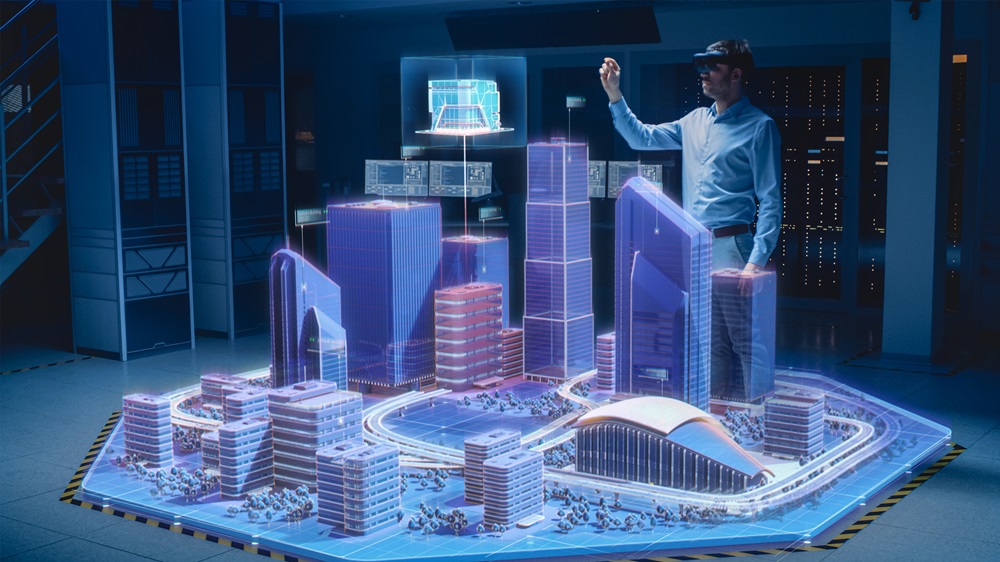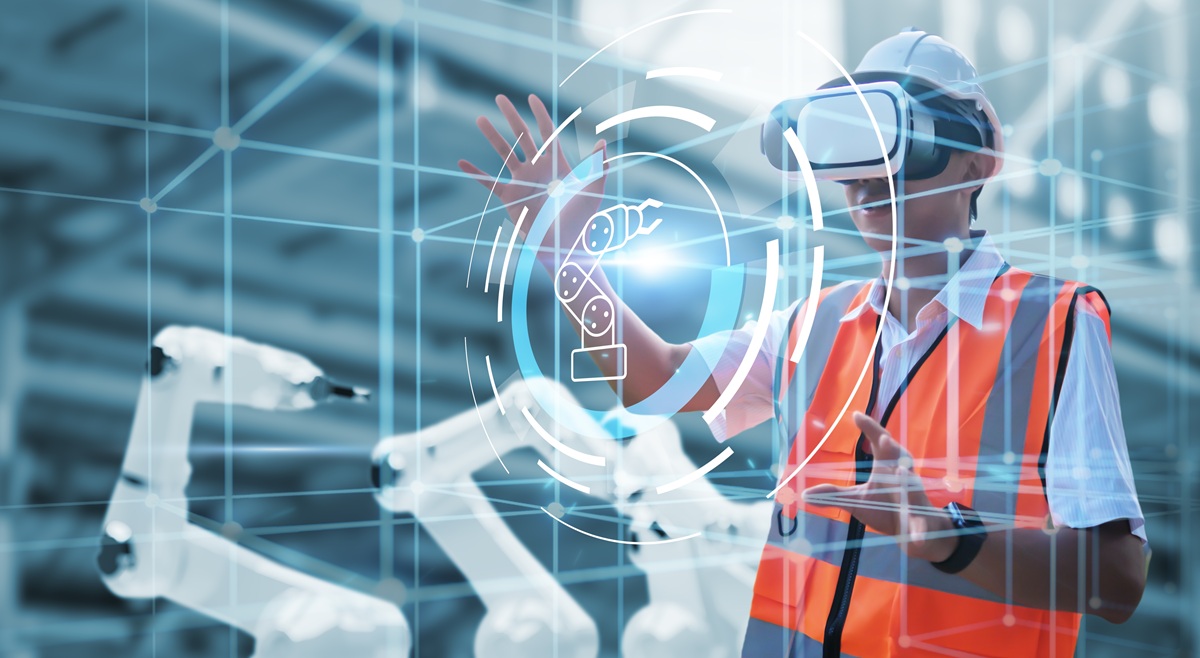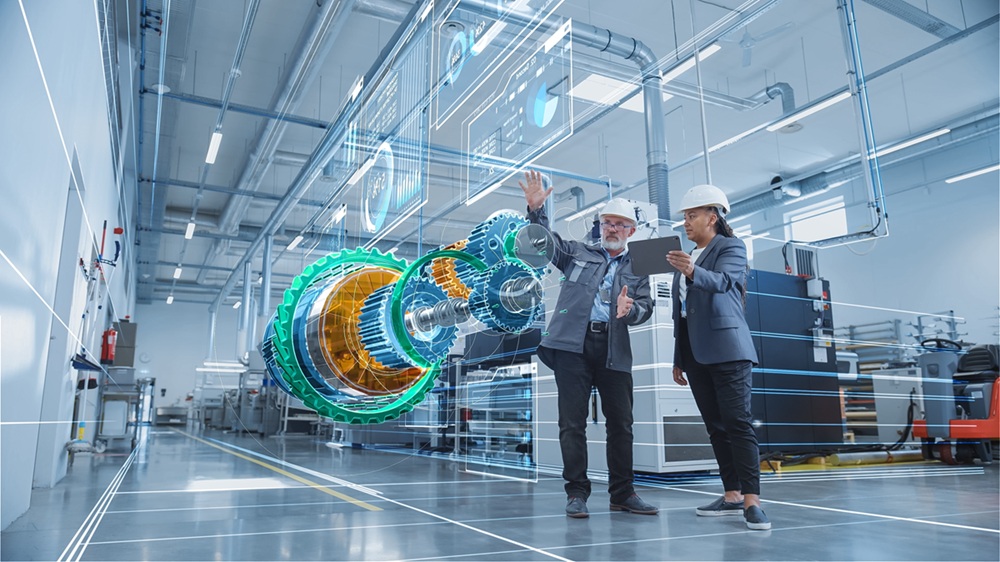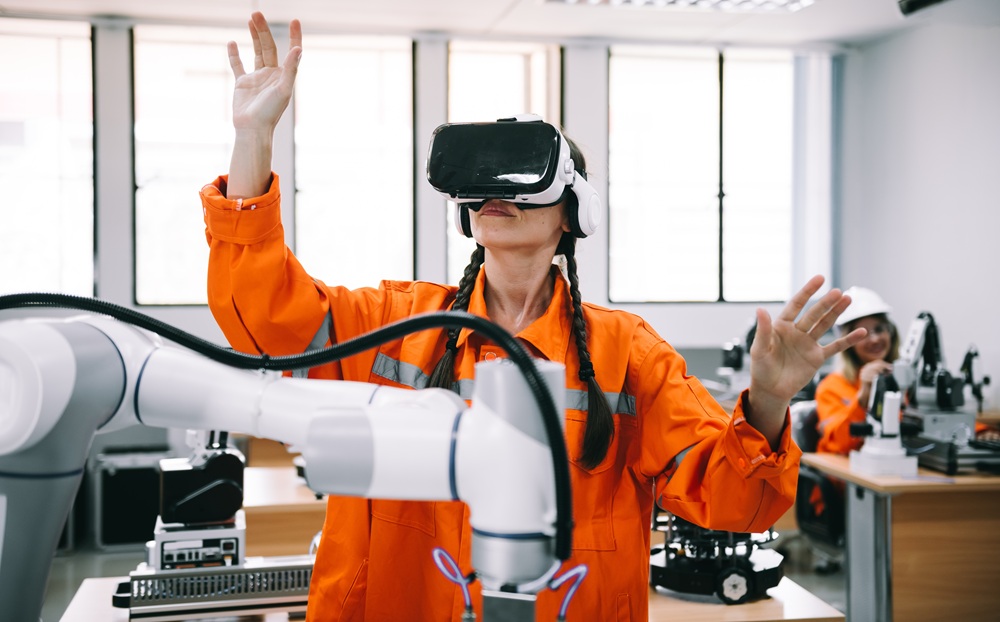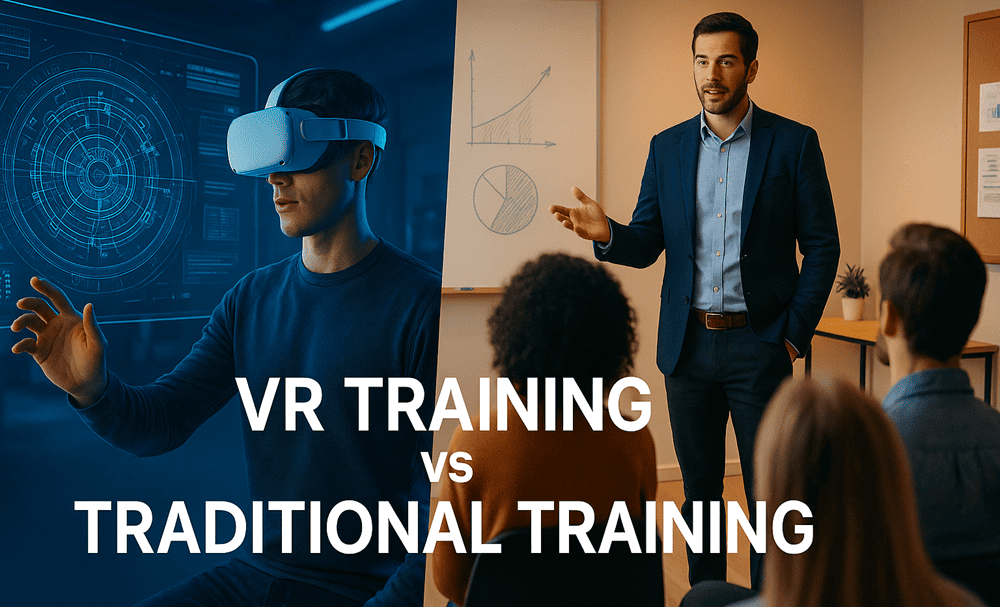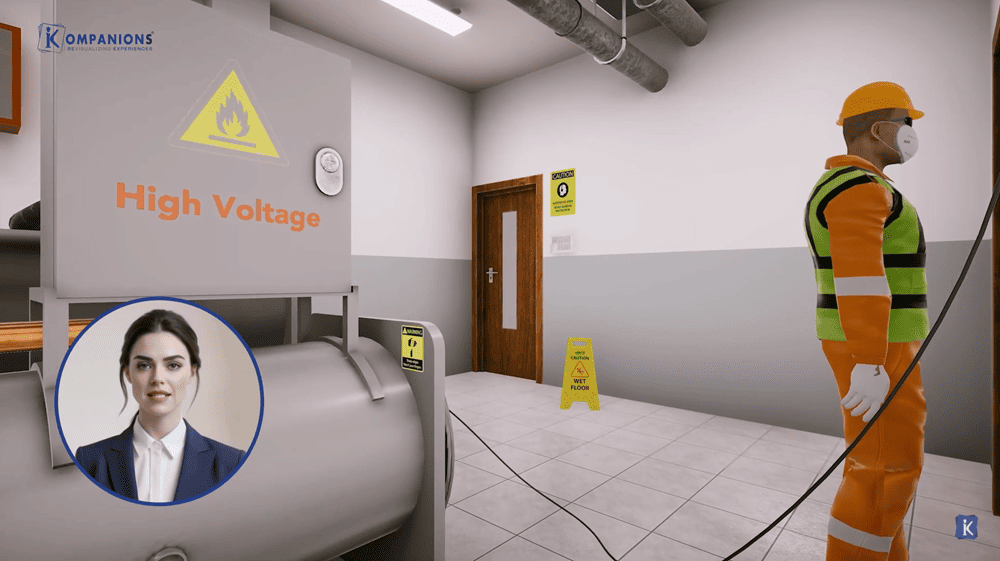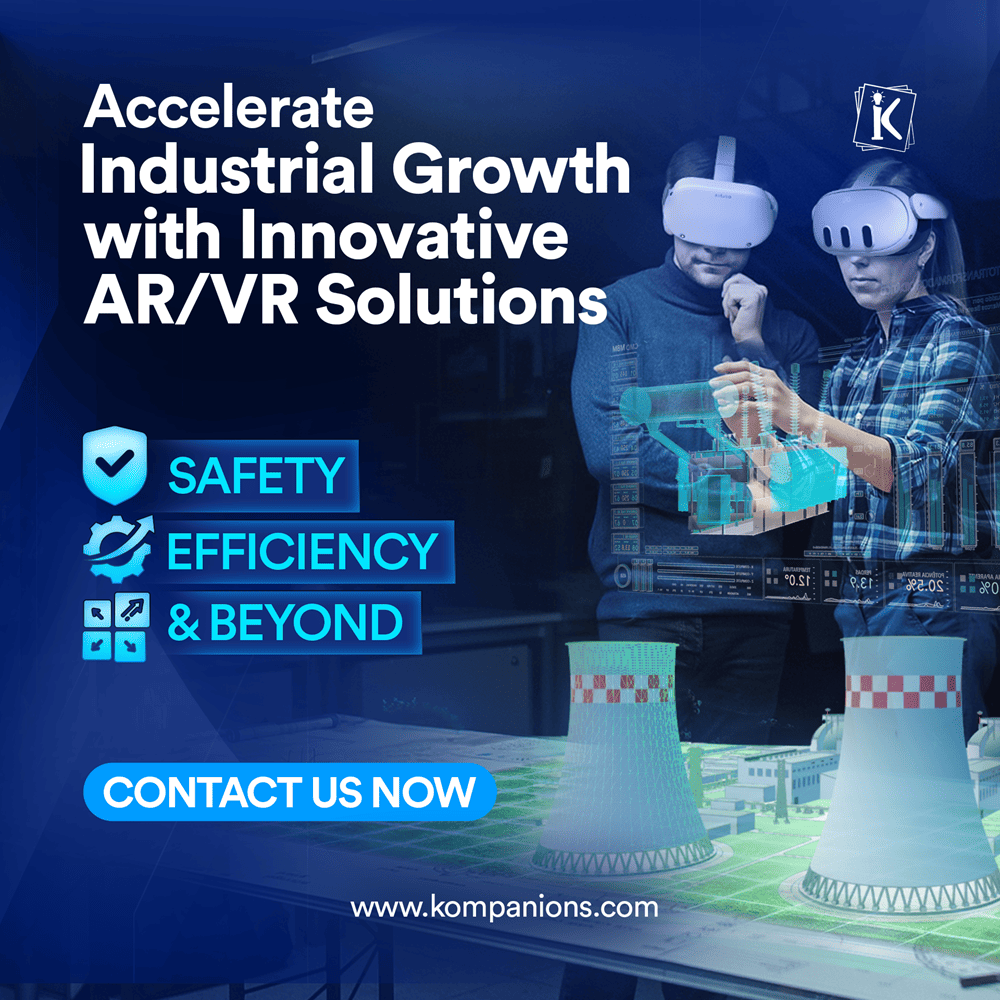
Article By: Robin Gupta
February 11, 2025 | 5 minutes to read | Updated On: 01 May 2025
How VR Architecture is Transforming Building Design
Virtual reality, in the new age, has transformed the method through which architects and designers approach the design of buildings. Immersive technology is thus integrated into the architectural processes and has bridged the gap between imagination and reality through VR architecture.
This ability to visualize space before construction is becoming indispensable to the industry as a whole.
The Rise of VR in Architectural Design
The adoption of VR in architecture is rapidly growing due to its unmatched advantages over traditional methods. Rather than relying on static blueprints or 2D drawings, VR-powered interactive 3D models offer a dynamic, real-time experience.
Immersive design helps architects and clients to explore designs in a fully immersive environment, fostering better decision-making and creativity.
Key Benefits of VR in Architecture
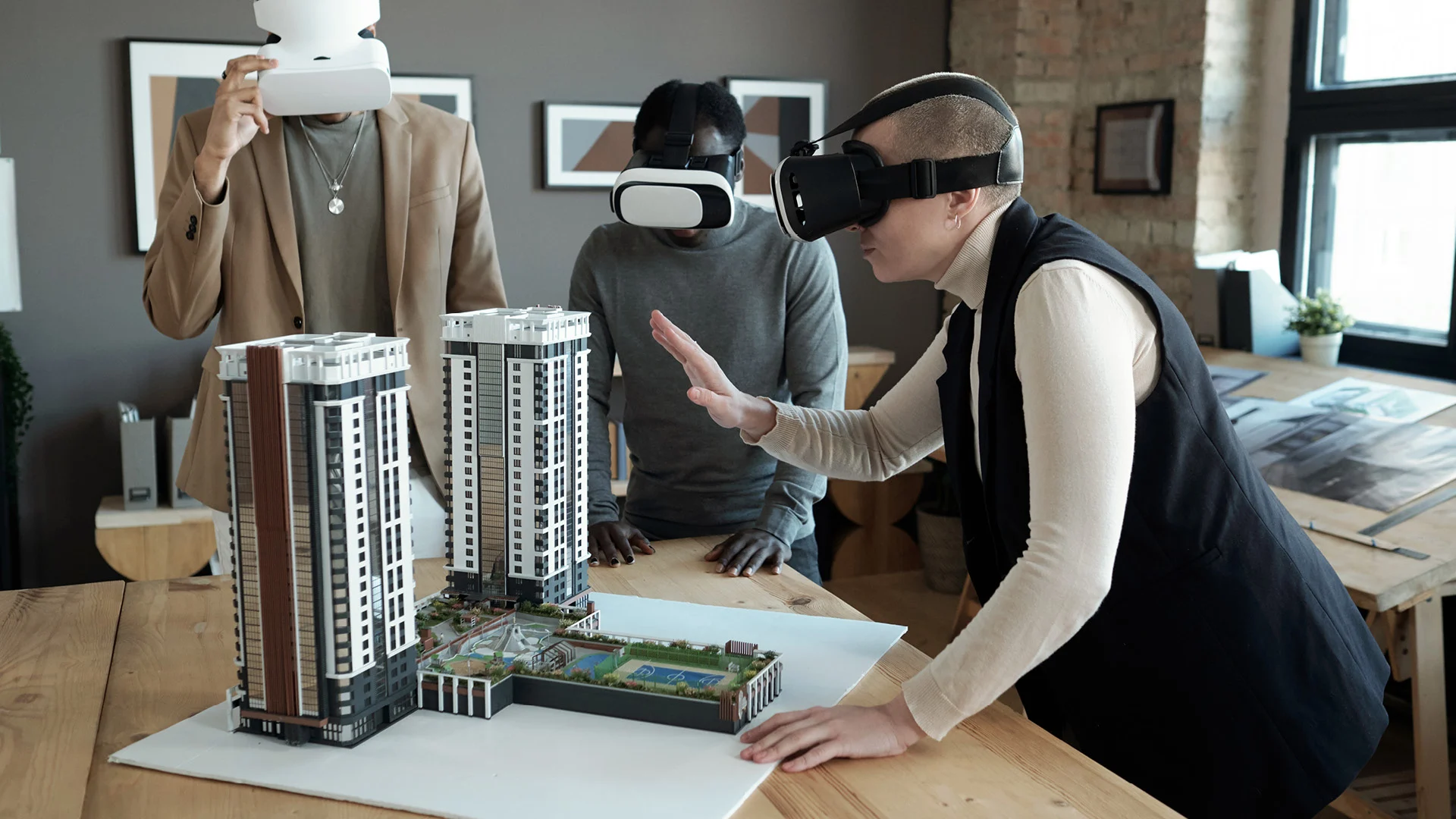
1. Enhanced Visualization and Client Engagement
Architects and clients can walk through virtual models of buildings even before construction. This helps them better understand spatial relationships and design elements.
2. Streamlined Collaboration and Communication
Client communication is improved as they can experience designs as if they were physically present in the space, eliminating ambiguities and ensuring satisfaction.
3. Early Detection of Design Flaws
VR in construction allows for the identification of design flaws during the planning and design phases, long before the construction process begins. This early detection helps prevent costly revisions, rework, and delays, ensuring smoother project execution and better resource management.
Statistics Supporting VR in Architecture
Recent studies point out the success of VR in architecture:
- 63% of architecture firms said clients engaged more when using VR.
- VR-based projects observe a 30% decrease in design revisions.
- The global architectural VR market is likely to reach $8 billion in 2027, growing at a CAGR of 19.7%.
Real-World Applications of VR in Architecture
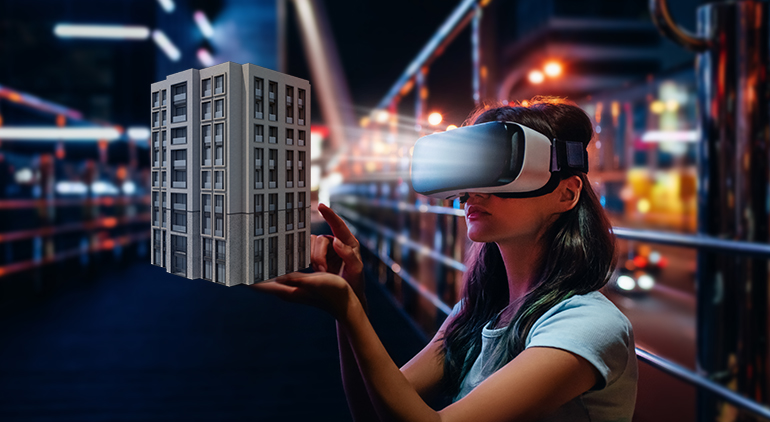
VR has revolutionized the architectural landscape, offering innovative solutions that enhance design, visualization, and collaboration. Its applications extend beyond traditional methods, providing immersive experiences that streamline project development and client engagement.
Let's discuss some of its key applications below:
1. VR interior design and home planning
VR interior design is changing how people and designers look at interiors. In this virtual reality environment, a client can experiment with materials, furniture, and lighting to make decisions.Due to customizable options, real-time changes of color, texture, and layouts are possible. Virtual staging can be utilized for real estate agents to represent the property appropriately.
2. Architectural visualization for urban planning
Cities use VR architecture design to simulate the flow of traffic and to plan infrastructure. Major projects are envisioned in advance to make their actual construction as seamless as possible.
Elevate your architectural projects with VR technology. Discover how it can bring your designs to life.
Book a Free Demo3. Integration with building information modeling (BIM)
The combination of VR with BIM will provide real-time updates to virtual models based on changes in the BIM data. This integration helps the architects, engineers, and contractors with better collaboration for design and construction workflow.
Unleash the power of VR architecture with Kompanions. Let's bring your vision to life with immersive technology.
How Virtual Reality Design Enhances Collaboration
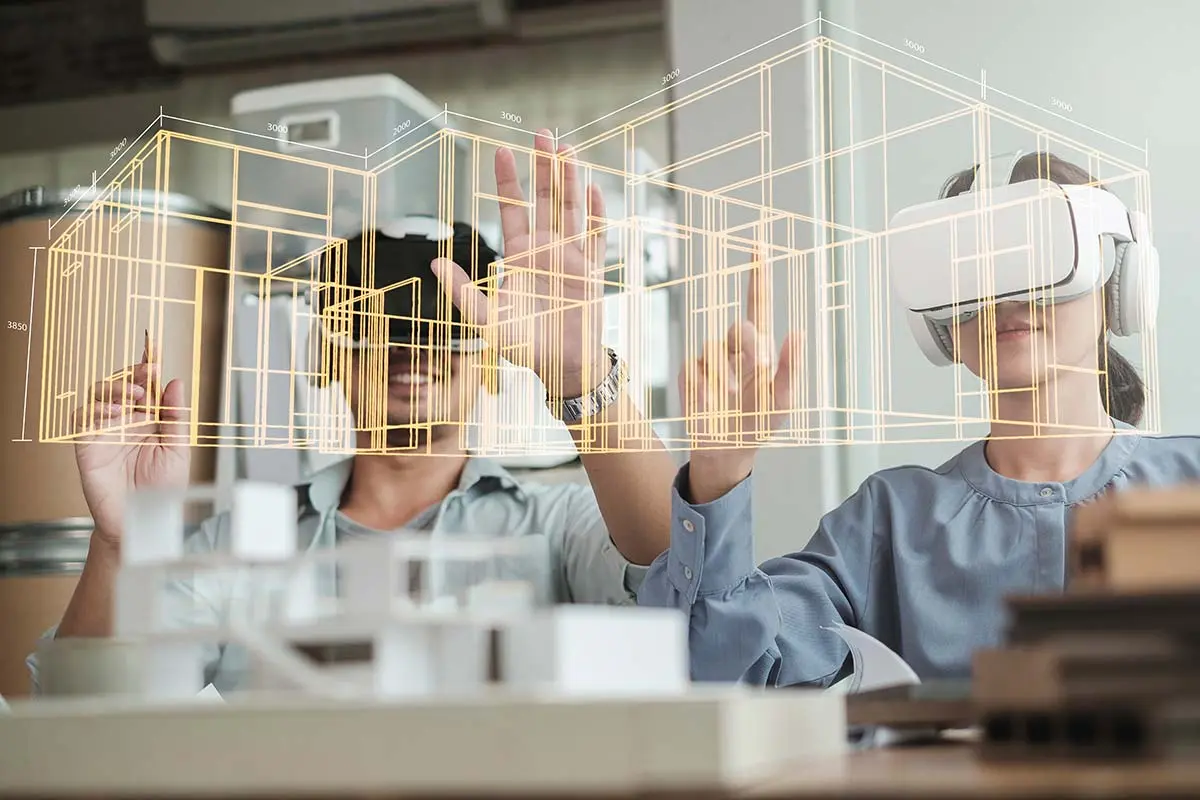
VR significantly improves team collaboration. It allows remote access, meaning that teams can work on designs irrespective of their locations. Interactive sessions allow multiple users to engage with the same virtual model at the same time.
For clients, VR offers immediate feedback opportunities, which lead to faster approval cycles and fewer misunderstandings.
Latest Developments in VR Architecture
Advancements in VR hardware, such as the release of the HTC Vive XR Elite and Meta Quest Pro, offer enhanced resolution and ergonomic design for architects.
Integration of VR with Building Information Modeling (BIM) tools enables real-time collaboration and design modifications.
VR Architecture Case Studies
- KPF's Use of Varjo's VR: KPF has set new standards in architectural visualization by utilizing Varjo's VR technology, Twinmotion, and Reality Cloud, enhancing collaboration and design accuracy. Source: (Varjo.com)
- Stantec's Application of Autodesk's Workshop XR: Stantec employed Autodesk's Workshop XR for a hospital project in rural New Mexico, allowing designers and clients to virtually walk through the facility, leading to improved design decisions.
Comparing Traditional Design vs. VR Architecture Design
| Feature | Traditional Design | VR Architecture Design |
| Visualization | Static 2D/3D images | Immersive 3D walkthroughs |
| Client | Understanding | Limited Comprehensive |
| Error Identification | Post-construction | Pre-construction |
| Collaboration | Restricted to meetings | Real-time, remote |
| Revision Costs | High | Reduced |
Why Architects Should Embrace VR Now
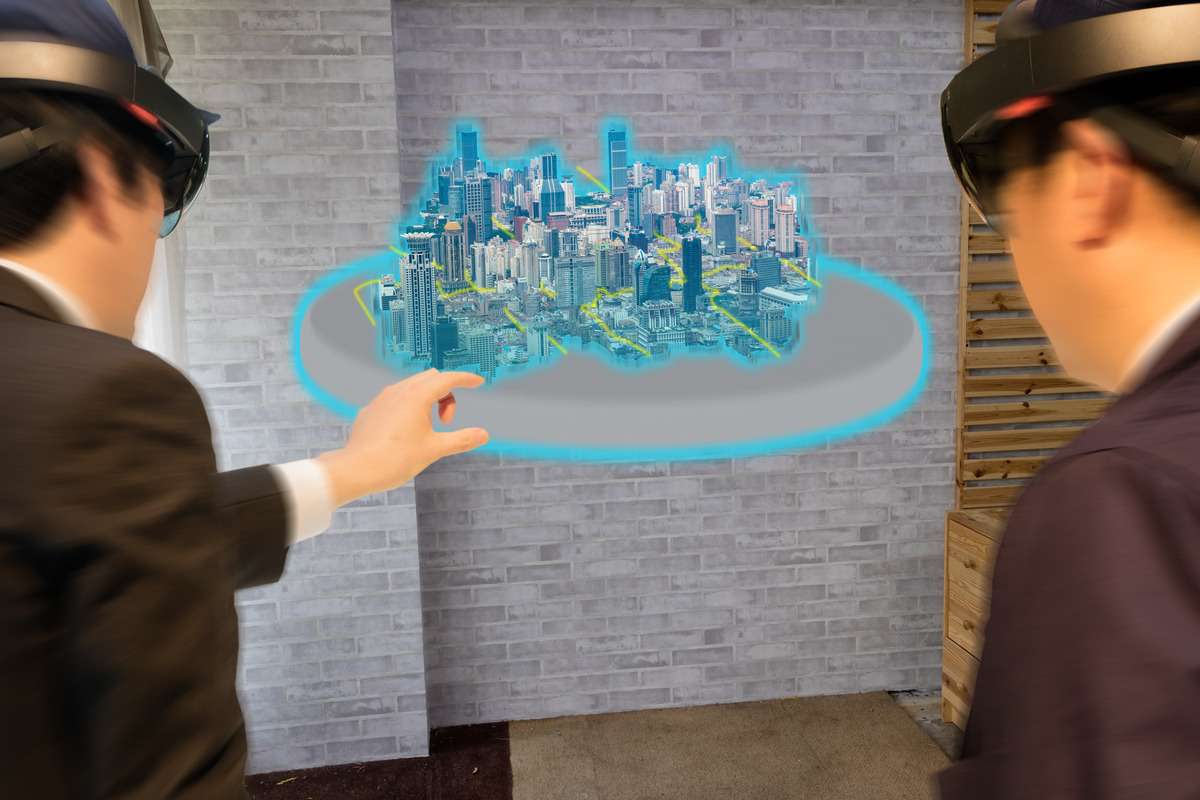
The advantages of VR architecture design are too important to be overlooked. This technology can help architects remain competitive in this rapidly changing market while providing innovative solutions that attract clients to work with them while delivering projects with precision and efficiency.
Architectural virtual reality can benefit residential projects such as custom homes and renovations, commercial spaces like retail stores and offices, and Industrial VR applications for factories and large-scale infrastructure projects.
Transform your design process with immersive VR and experience your creations in real-time.
Book a Free DemoPartner with Kompanions to transform your architectural designs through innovative VR solutions. Contact us today to learn more.
Future Trends in VR Architecture
The future of VR in architecture is poised for revolutionary changes. As technology continues to evolve, VR is expected to become even more integrated into every aspect of the design process.
Future trends will likely see the seamless integration of VR with other cutting-edge technologies like artificial intelligence (AI), machine learning (ML), and 5G networks, which will enhance design accuracy, collaboration, and efficiency.
1. Integration with AI and Machine Learning
As virtual reality becomes more advanced, its integration with AI and machine learning will transform the architectural design process. AI can analyze vast amounts of data, detecting patterns and offering insights that help optimize designs.
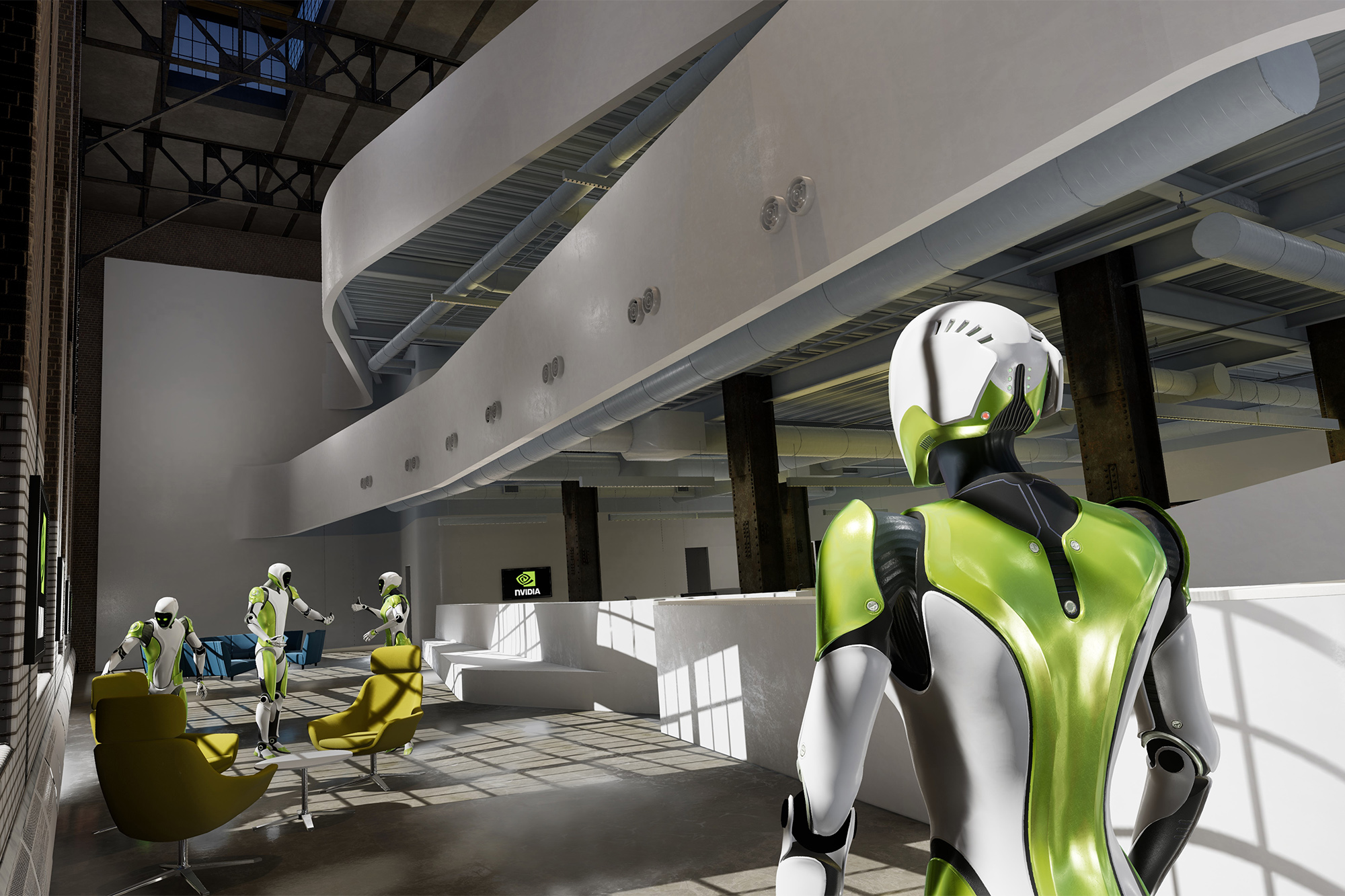 For example, AI algorithms can assist in creating building layouts that maximize space efficiency or reduce energy consumption. Machine learning can predict client preferences based on past designs, ensuring that every project is tailored to meet specific needs.
For example, AI algorithms can assist in creating building layouts that maximize space efficiency or reduce energy consumption. Machine learning can predict client preferences based on past designs, ensuring that every project is tailored to meet specific needs.
2. Advancements in VR Hardware and Software
The VR hardware and software landscape is evolving rapidly, with ongoing advancements that will have a significant impact on architecture. The introduction of more powerful and lightweight VR headsets, such as the latest models from Meta and HTC, provides users with higher-resolution visuals, a more immersive experience, and longer usage times.
Software tools are also advancing, offering smoother, more intuitive interactions within virtual environments. Programs like Autodesk Revit and Rhino are incorporating VR support, enabling architects to work directly within 3D models.
3. Sustainability and Eco-Friendly Design
Sustainability has become a core focus in architecture, and VR is playing a key role in promoting eco-friendly design practices. Virtual reality allows architects to simulate environmental conditions and assess the sustainability of building materials and energy efficiency before actual construction begins.
This ability to visualize a building’s environmental impact helps ensure designs meet green standards, reduce carbon footprints, and optimize energy consumption.
Conclusion
Virtual reality and architecture are a match made for innovation. From architectural visualization to VR interior design, possibilities are infinite. Architects can design smarter, collaborate better, and deliver outstanding experiences to their clients if they embrace VR.
KOMPANIONS offers cutting-edge architecture services related to VR technology and brings life to your imagination. Work with us for your design processes that can turn designs into possible things in architecture.

